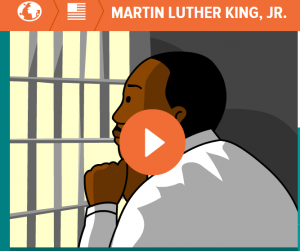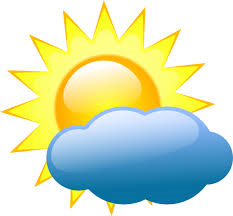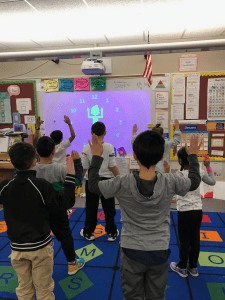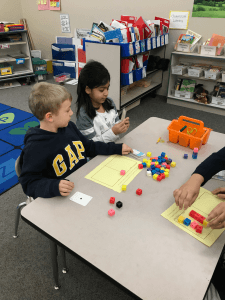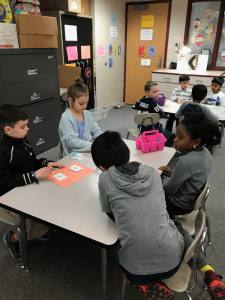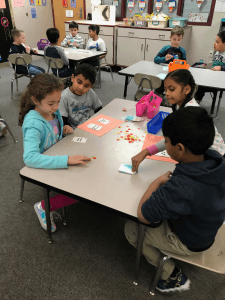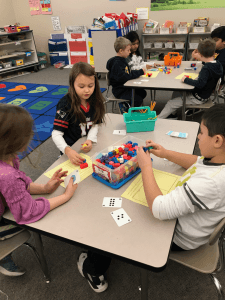Posted by kavery508 | Posted in Uncategorized | Posted on January 14, 2019
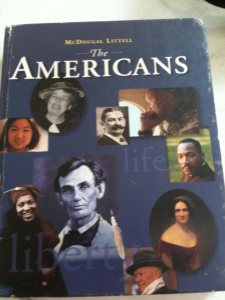 Our Term 2 Social Studies focus is on learning character traits and applying that knowledge to understand famous U.S. and world figures and their contributions. What makes these historical leaders worth remembering? How did Lincoln’s honesty, Cesar Chavez’ determination, Harriet Tubman’s bravery, and Susan B. Anthony’s patriotism affect the lives of others and forever change our understanding of America? These are the kinds of questions we will attempt to answer by analyzing biographical texts and media.
Our Term 2 Social Studies focus is on learning character traits and applying that knowledge to understand famous U.S. and world figures and their contributions. What makes these historical leaders worth remembering? How did Lincoln’s honesty, Cesar Chavez’ determination, Harriet Tubman’s bravery, and Susan B. Anthony’s patriotism affect the lives of others and forever change our understanding of America? These are the kinds of questions we will attempt to answer by analyzing biographical texts and media.
This week, we will analyze the life and achievements of Martin Luther King, Jr. (MLK) and learn to assign character traits to him based on evidence from biographical texts and video. We’ll then use this evidence to create an informative writing piece. Check out this great video from Brainpop. Then consider these traits: determined; hardworking; patriotic; creative; honest; responsible; brave. Which words best apply to MLK? What is your evidence?
 This week we begin chapter 7 of Math in Focus, the goal of which is to make students proficient with linear measurement (especially meters and centimeters). To begin, students will learn the importance of standard units of measurement and be introduced to content-specific vocabulary (width; height; length; meter; etc.). They will next develop a sense of how big meters and centimeters are. Then they will learn correct methods for estimating and accurately measuring and talking about measurement (more than, less than, about, exactly). And as always, they will be asked to solve real-world problems that require analysis and application of skills learned. Consider the following problem from this week’s lessons. Notice how it requires students to think about space, length, multiplication/repeated addition, and subtraction to solve it:
This week we begin chapter 7 of Math in Focus, the goal of which is to make students proficient with linear measurement (especially meters and centimeters). To begin, students will learn the importance of standard units of measurement and be introduced to content-specific vocabulary (width; height; length; meter; etc.). They will next develop a sense of how big meters and centimeters are. Then they will learn correct methods for estimating and accurately measuring and talking about measurement (more than, less than, about, exactly). And as always, they will be asked to solve real-world problems that require analysis and application of skills learned. Consider the following problem from this week’s lessons. Notice how it requires students to think about space, length, multiplication/repeated addition, and subtraction to solve it: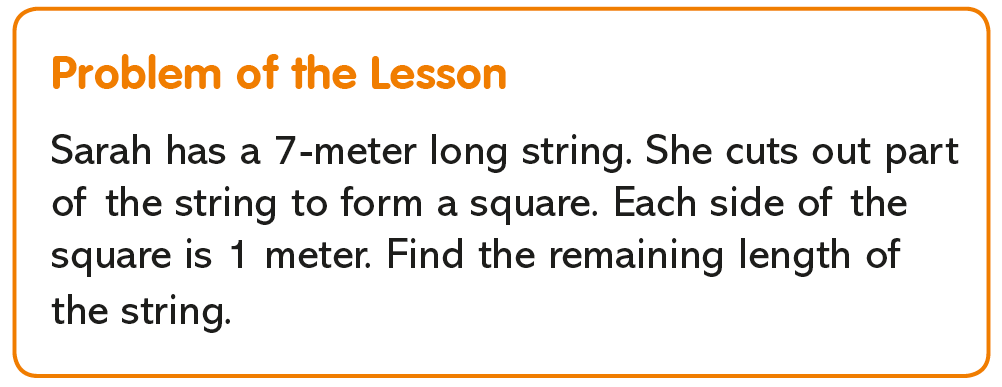
Using the NGSS Science Standards as a guide, we designed and carried out an investigation to see if other liquids evaporated like water does.We used water as a baseline and compare it to solutions of salt water and water with food coloring. Using the skills of inquiry, students asked questions; made predictions; used scientific tools (petri dishes; droppers; magnifiers); made observations; and drew conclusions. You can try a variation on this at home with this idea from Shirley’s Preschool Activities.
Here’s us in action taking a Mindful Moment from Go Noodle (free) and learning the meaning of odd and even in a hands-on way:

